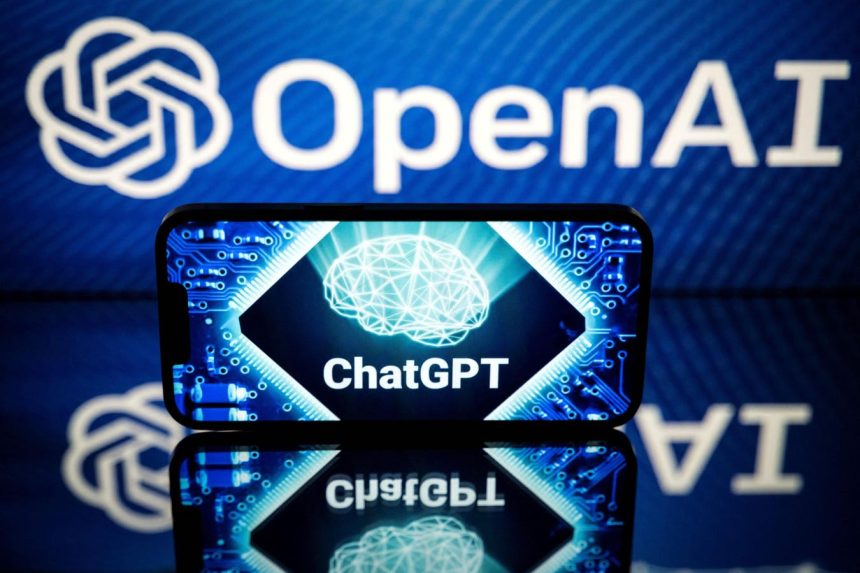A best practice for managing a crisis is to prepare for known threats.
New research about the readiness of companies to respond to the dangers posed by AI should be a wake-up call for all companies. Only 9% of surveyed companies said they are prepared to deal with the risks associated with the rapidly evolving technology.
Although 93% of queried organizations said they know about the dangers, only 17% have provided training or briefed their teams about the threats.
That’s according to the research conducted by Riskonnect, a risk management software company, which polled 300 risk and compliance professionals around the world this past June and July.
Generative AI —which can create text, images, and other media— is expected to reach 77.8 million users within a couple of years. That’s more than double the adoption rate of tablets and smartphones, Insider Intelligence reported.
Top Concerns
The top concerns of surveyed companies about AI include data and cyber issues (65%); decisions by employees that are based on erroneous information (60%); employee misuse and ethical risks (55%); copyright and intellectual property risks (34%); and discrimination risks (17%), according to the executive summary of Riskonnnect’s The New Generation of Risk Report: Addressing the New Realities and Risks in 2023 and Beyond.
‘The fact that most companies haven’t simulated their worst-case scenario is surprising given the substantial investments organizations are making in their strategies elsewhere,” Jim Wetekamp, CEO of Riskonnect, said via email.
“A highly unlikely risk event today could be unavoidable tomorrow. Coming up with a plan now to address potentially devastating outcomes is one of the most important components of effective resilience, especially as organizations navigate new and evolving threats,” he advised.
Risks
“Especially within a sales and communication context, an over-reliance on AI can risk robotic, insensitive, spammy or off-topic messaging,” Caitlin Begg, founder of Authentic Social, said via email.
“Sales teams [copying] and pasting messages without a personalized touch will result in lower response rates and lower prospect and client satisfaction,” she warned.
‘Just Another Piece Of Technology’
“The first thing to remember is, at the end of the day, artificial intelligence is just another piece of technology, notably a powerful one, in an organization’s tech stack.
“This means it should be treated as such—it should be included in [the] scope of threat and vulnerability monitoring, it should be risk assessed regularly, and it should be maintained like every other piece of technology in the stack,” Heather Bukar, chief customer officer at 6clicks, said via email.
“Business leaders and executives taking steps towards utilizing AI in their programs should be prioritizing transparency, accountability, threat and vulnerability monitoring, and risk mitigation,” she advised.
Precautionary Steps
There are precautionary steps that companies and organizations can take to help protect themselves against the potential harmful effects of AI.
Charlotte Adams, chief people officer at Overnight Jobs, a job-searching and career advice website, said last March that those steps include the following:
Identify Areas
“First, they need to identify the areas of their business where AI can be most effective and beneficial and develop a clear strategy for integrating AI into those areas,” she advised.
Capabilities
“They also need to ensure that their data infrastructure is capable of supporting AI initiatives by investing in technologies like cloud computing, data analytics, and machine learning tools. They should start small by implementing AI in a few areas of the business and gradually expanding its use over time,” Adams counseled.
Training
“They need to ensure that their employees are trained to work alongside AI technologies and understand how AI can be used to complement their work. Finally, they need to be aware of the ethical implications of AI and develop policies and guidelines that ensure the responsible use of AI in their business operations,” she concluded.
The longer companies wait to prepare themselves for the risks and dangers associated with AI, the longer they will be unprotected from this potential crisis.
Why should business leaders wait any longer to do the right thing?
Read the full article here










